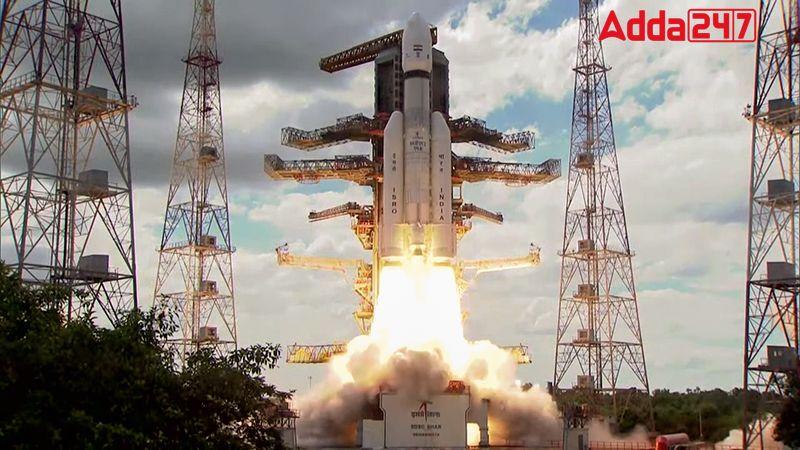ISRO, through the Liquid Propulsion Systems Centre (LPSC) with support from other launch vehicle centers, is advancing the development of a semi-cryogenic propulsion system. This system aims to enhance the payload capacity of Launch Vehicle Mark-3 (LVM3) and future launch vehicles by utilizing a 2,000 kN thrust semi-cryogenic engine powered by a combination of liquid oxygen (LOX) and kerosene.
Major Accomplishment: Successful Ignition of Semi-Cryo Pre-Burner
A significant milestone in ISRO’s semi-cryogenic engine development is the successful ignition of the semi-cryo pre-burner. This achievement, crucial for initiating the semi-cryogenic engine, was realized through testing conducted at the Isro Propulsion Complex (IPRC) in Mahendragiri.
Ignition Process and Fuel Ampule
The ignition process of the semi-cryogenic engine involves the use of a start fuel ampule, utilizing a combination of Triethyle Alumnide and Triethyle Boron. Developed by the Vikram Sarabhai Space Centre (VSSC), this unique fuel combination was employed for the first time in an ISRO engine.
Next Steps: Engine Development and Testing
Following the successful pre-burner ignition, ISRO will proceed with the development and testing of the engine powerhead test article and fully integrated engine. Additionally, efforts are underway for the development of a semi-cryo stage with 120 tons of propellant loading, marking further progress in the project.



 Ashwini Vaishnaw Inaugurates India’s 5...
Ashwini Vaishnaw Inaugurates India’s 5...
 Vriksharopan Abhiyan 2024 Launch in Dhan...
Vriksharopan Abhiyan 2024 Launch in Dhan...
 India's Installed Nuclear Power Capacity...
India's Installed Nuclear Power Capacity...
